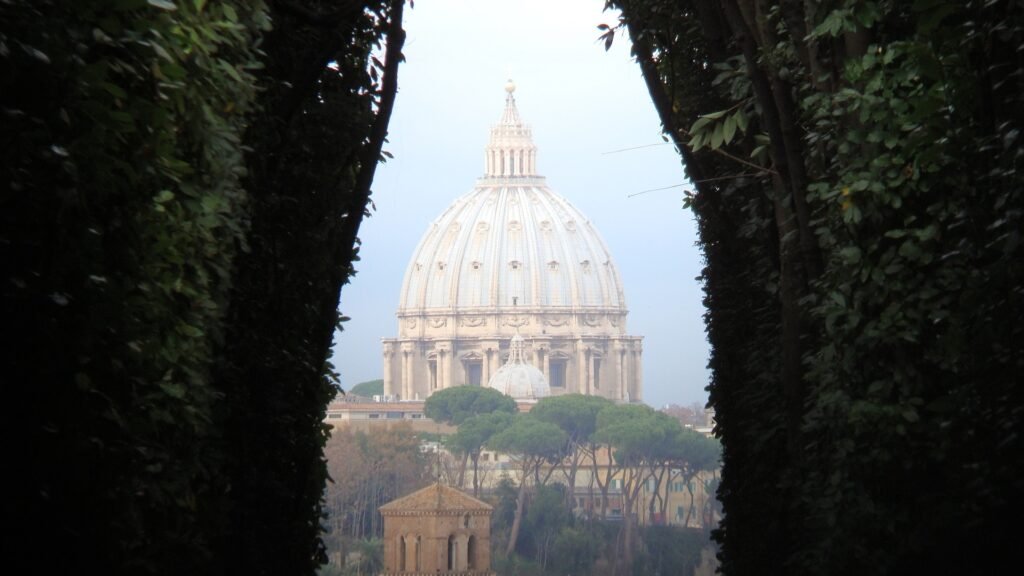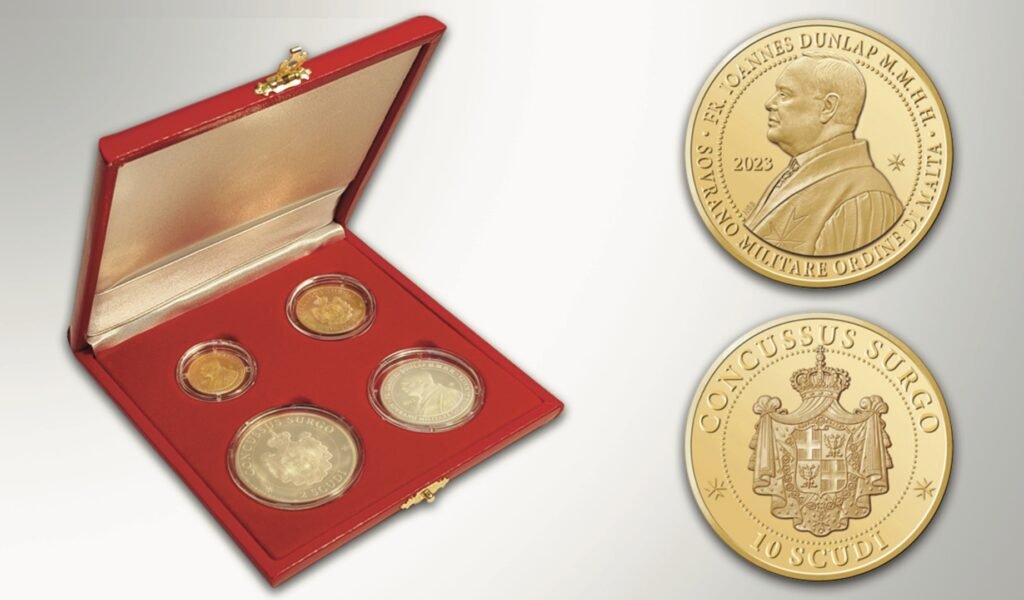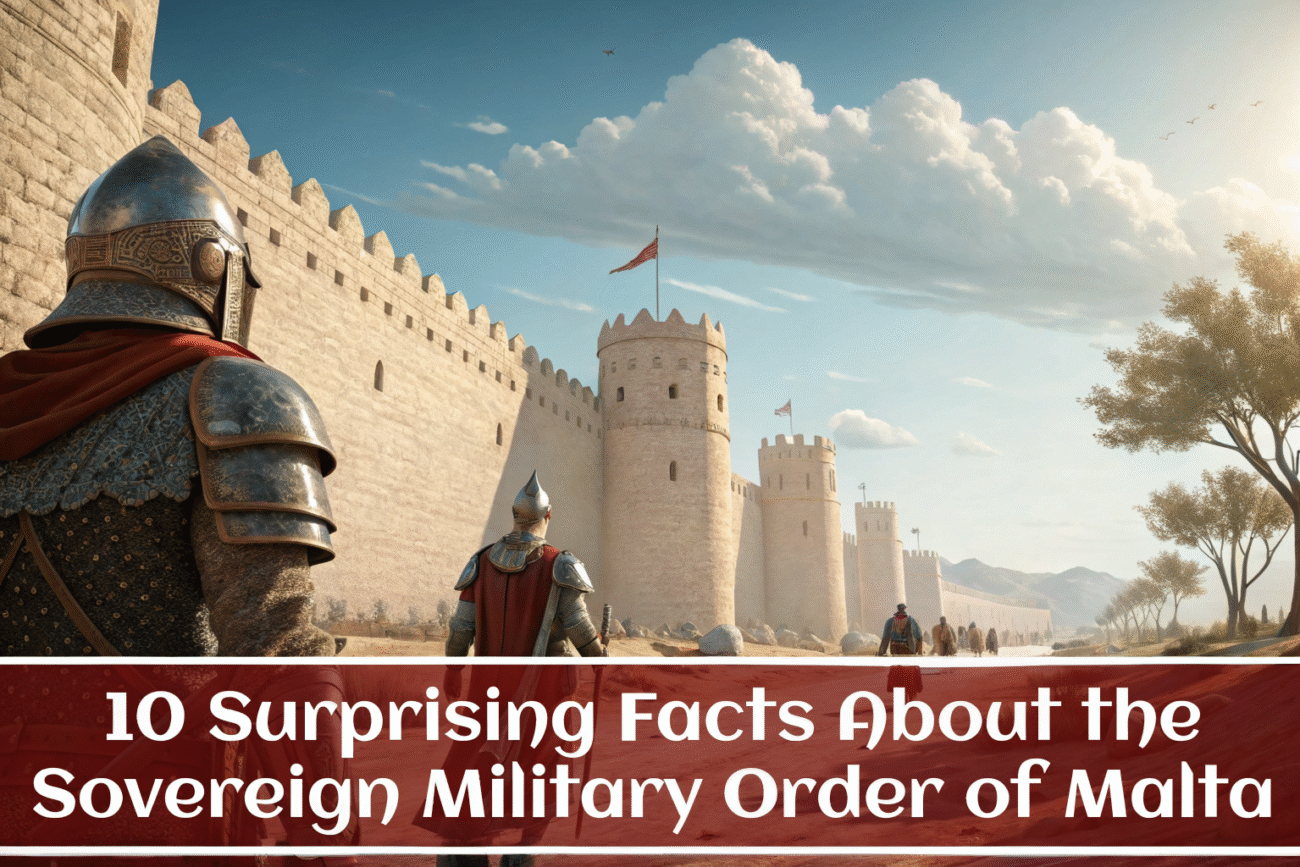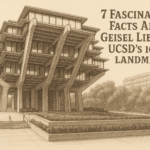In a world of clearly defined nations, each with its own patch of land, there exists a curious and almost unbelievable exception: the Sovereign Military Order of Malta. Imagine a country with no country, an army with no war to fight, and a government whose global influence far outweighs its physical footprint. Officially the Sovereign Military Hospitaller Order of Saint John of Jerusalem, of Rhodes, and of Malta, this entity is a Catholic lay religious order, a massive humanitarian organization, and a recognized sovereign power all rolled into one.
It issues its own passports, currency, and stamps, yet you can’t find it on a standard world map. It’s an institution that blurs the lines between past and present, a nearly 1,000-year-old order of knights that is more relevant today than ever. Here are ten surprising facts that peel back the layers of this fascinating global anomaly.

Humble Beginnings: A Hospital in Jerusalem
Long before they were warriors or diplomats, they were simply carers. The story of the Sovereign Military Order of Malta begins not with a clash of swords but with the gentle care of the sick. Around the year 1048, a group of merchants from the Italian duchy of Amalfi founded a hospital in Jerusalem. Their mission was simple and pure: to provide care for pilgrims of any faith or origin who had made the arduous journey to the Holy Land. This hospice, dedicated to St. John the Baptist, quickly earned a reputation for its compassion and effectiveness.
As the First Crusade reshaped the political landscape of the region, the Order’s role began to transform. In 1113, Pope Paschal II officially recognized it as a lay religious order of the Catholic Church, a pivotal moment that solidified its status and independence. The men who joined, many of them knights from noble European families, took vows of poverty, chastity, and obedience. However, the increasing dangers faced by pilgrims traveling through hostile lands led the Order to take on a military role. They became the Knights Hospitaller, warrior monks sworn to defend the faith and protect the vulnerable. This dual identity fierce military prowess combined with profound medical expertise would define them for centuries to come.
The Ultimate Paradox: Sovereignty Without Territory
Here lies the most mind-bending fact about the modern Order: it is a sovereign entity without owning any sovereign land. While it once ruled over islands like Rhodes and Malta, it lost its last patch of territory to Napoleon in 1798. Yet, its sovereignty never vanished. International law recognizes the Order as a unique entity, granting it a status comparable to a country. This principle of sovereignty without territory is what makes the Sovereign Military Order of Malta a true global curiosity.
What does this mean in practice? The Order maintains formal diplomatic relations with 114 countries and the European Union, exchanging ambassadors and operating as a neutral, apolitical state. It has its own constitution and legal code, a functioning government led by a Grand Master, and even holds permanent observer status at the United Nations a privilege it shares with organizations like the International Committee of the Red Cross. This “legal fiction,” as one judge called it, allows the Order to operate its vast humanitarian aid network with unparalleled access and neutrality, proving that true power doesn’t always require land.
An Epic Journey: From Jerusalem to Rome
The history of the Knights of Malta is one of resilience and constant movement. After Christian forces lost Jerusalem, the Order was forced into a centuries-long migration across the Mediterranean. Their first stop was the Kingdom of Cyprus, but they soon sought a more permanent and defensible home. In 1310, they conquered the island of Rhodes, transforming it into a formidable naval base and a bastion of Christendom in the East.
For over 200 years, the Knights of Malta ruled Rhodes, building fortifications and continuing their hospitaller work. However, in 1522, they faced the might of the Ottoman Sultan, Suleiman the Magnificent. After a brutal six-month siege, the vastly outnumbered knights were forced to surrender and leave the island. For several years, they were homeless nomads once again. Then, in 1530, Holy Roman Emperor Charles V gifted them the island of Malta in exchange for a peculiar annual fee: a single live falcon. This move to Malta ushered in the Order’s golden age and forever linked their name to the island they would transform.
Their Finest Hour: The Great Siege of Malta (1565)
If there is one event that defines the Knights of Malta, it is the Great Siege of 1565. It was a battle of David and Goliath proportions, a clash that would echo through history. Determined to crush the Order for good and gain a strategic foothold to invade Europe, Sultan Suleiman dispatched an enormous armada. An invasion force of around 40,000 elite Ottoman soldiers landed on Malta on May 18, 1565, expecting a swift victory.
Defending the island was a small, determined force led by the 70-year-old Grand Master, Jean Parisot de Valette. He commanded roughly 500 Knights of Malta and around 6,000 Maltese soldiers and volunteers. What followed was four months of relentless, brutal fighting in the scorching summer heat.The Ottomans first attacked Fort St. Elmo, expecting it to fall in days. It held out for over a month, costing the invaders thousands of lives, including that of their famed admiral, Dragut Reis.
Despite the fall of St. Elmo, the knights and the Maltese people fought on with legendary courage. The Ottomans, their morale sinking and their numbers depleted by battle and disease, were finally forced to admit defeat when a small Spanish relief force arrived. The siege was lifted, the Ottoman advance was halted, and the Knights of Malta were hailed as the saviors of Europe.
The World’s Rarest Passport: A Diplomatic Marvel
In an age of mass travel, the Sovereign Military Order of Malta issues one of the rarest and most exclusive travel documents on the planet: its own diplomatic passports. With only about 500 of these crimson-colored booklets in circulation at any given time, holding one places you in a very small club. These aren’t vanity documents; they are functional tools of diplomacy and aid.
The diplomatic passports are reserved for the Grand Master, members of the Order’s government (the Sovereign Council), and the heads of its diplomatic missions around the world, along with their immediate families. The passports, inscribed with the French text “Ordre Souverain Militaire de Malte,” facilitate the Order’s vital humanitarian aid work, allowing officials to travel swiftly into crisis zones where others cannot.
While not all countries accept them the US and UK are notable exceptions they are recognized by the 114 states that have diplomatic ties with the Order. Each passport is valid only for the duration of the holder’s specific mission, emphasizing that its purpose is one of service, not status. There’s an even rarer version a black service passport issued to personnel in high-risk areas, with only about 50 in existence.

A Diverse Brotherhood: Not Just for Nobles
The image of the Knights of Malta often conjures up visions of celibate, aristocratic warriors. While this was true for centuries, the modern Order is a much more diverse institution. Today, the Order is composed of approximately 13,500 Knights and Dames from all walks of life spread across the globe. While a path still exists for “Knights of Justice” who take religious vows of poverty, chastity, and obedience, the vast majority of members are lay Catholics who have made no such vows.
Becoming a member is by invitation only and requires a rigorous vetting process that can take up to two years. Candidates must be devout Catholics of excellent moral character, have a demonstrated history of service to the Church and the poor, and be sponsored by two existing members. The modern membership includes doctors, lawyers, entrepreneurs, academics, and diplomats, all united by a pledge to uphold the Order’s dual mission: defense of the faith and service to the suffering.

Enjoy playing the Wordle game, where you can challenge your mind and language skills by trying to guess the hidden word within a limited number of attempts. Each guess provides you with clues about the correctness and position of the letters, adding excitement and suspense to every round.
A Country Within a City: The Roman Headquarters
Though it boasts sovereignty without territory, the Order does have physical headquarters. Its two main administrative centers, the Palazzo Malta and the Villa Magistral, are located in the heart of Rome. Here’s the twist: both properties have been granted extraterritorial status by the Italian government, much like foreign embassies. This means that when you step inside, you are technically leaving Italy and entering the sovereign domain of the Sovereign Military Order of Malta.wikipedia
The Palazzo Malta, located on the fashionable Via dei Condotti, is the seat of government where the Grand Master resides and official business is conducted. A short distance away, on the Aventine Hill, sits the Villa Magistral, which hosts the Order’s embassy to Italy. This villa is also famous among tourists for a quirky secret: its keyhole. Peering through the unassuming keyhole in the main gate perfectly frames a view of St. Peter’s Basilica’s dome at the end of a garden path a breathtaking and perfectly composed surprise.

A Global Force for Good: Modern Humanitarian Aid
While its military traditions are a core part of its history, the primary focus of the Sovereign Military Order of Malta today is its extensive humanitarian aid work. Operating in 120 countries, the Order runs a massive global relief network that rivals that of many nations. Its worldwide relief corps, Malteser International, provides emergency aid to victims of natural disasters, armed conflicts, and epidemics.
The Order employs around 52,000 professionals, including doctors and paramedics, who are assisted by over 100,000 dedicated volunteers. Their projects are vast and varied: they run hospitals and medical centers, operate ambulance services, manage refugee camps, and provide care for the elderly, disabled, and terminally ill. Whether responding to the refugee crisis in Ukraine, providing medical support in Lebanon, or assisting pilgrims at holy sites, the Order’s commitment to humanitarian aid remains its central purpose, helping millions of people each year regardless of their religion or background.

Funny Money and Peculiar Post
Reinforcing its unique sovereign status, the Order issues its own currency and postage stamps, both of which are highly sought after by collectors. The official currency is the Maltese Scudo, subdivided into Tarì and Grani. While you can’t use a Scudo to buy a gelato in Rome, it is the Order’s legal tender. Since 1961, the Order has minted its own coins, which serve as a tangible symbol of its enduring sovereignty. The current exchange rate is fixed at €0.24 to one Scudo.
Similarly, the Order’s postage stamps are another fascinating quirk. Over 50 countries recognize these stamps for franking purposes, even some that don’t have full diplomatic relations with the Order. Since 2005, the stamps have been issued in Euros, but they remain a powerful symbol of the Order’s unique place in the world an entity that operates on the international stage with all the trappings of a nation, including its own philatelic service.

A Voice on the World Stage
The final surprising fact is the level of international influence wielded by this landless state. The Sovereign Military Order of Malta‘s status as a Permanent Observer at the United Nations in New York, Geneva, and Vienna gives it a seat at the world’s most important diplomatic tables. This status, granted in 1994, allows the Order to participate in UN debates and consultations, providing expert input on issues central to its mission, such as human rights, refugee aid, and global health.
This diplomatic clout is not merely ceremonial. It gives the Order a powerful voice to advocate for the vulnerable and influence international policy. Its neutrality and long history of impartial humanitarian aid lend it a credibility that few other organizations can match. By skillfully blending its ancient traditions with modern diplomacy, the Sovereign Military Order of Malta ensures its thousand-year-old mission remains profoundly relevant in the 21st century.

This story is just a small window into the vast realm of the strange and inexplicable that we cover. We believe in presenting content that not only entertains but also encourages critical thinking about the world’s most peculiar phenomena. If you have a passion for the bizarre and thought-provoking, we invite you to dive deeper. Explore our blog section for more captivating reads.













